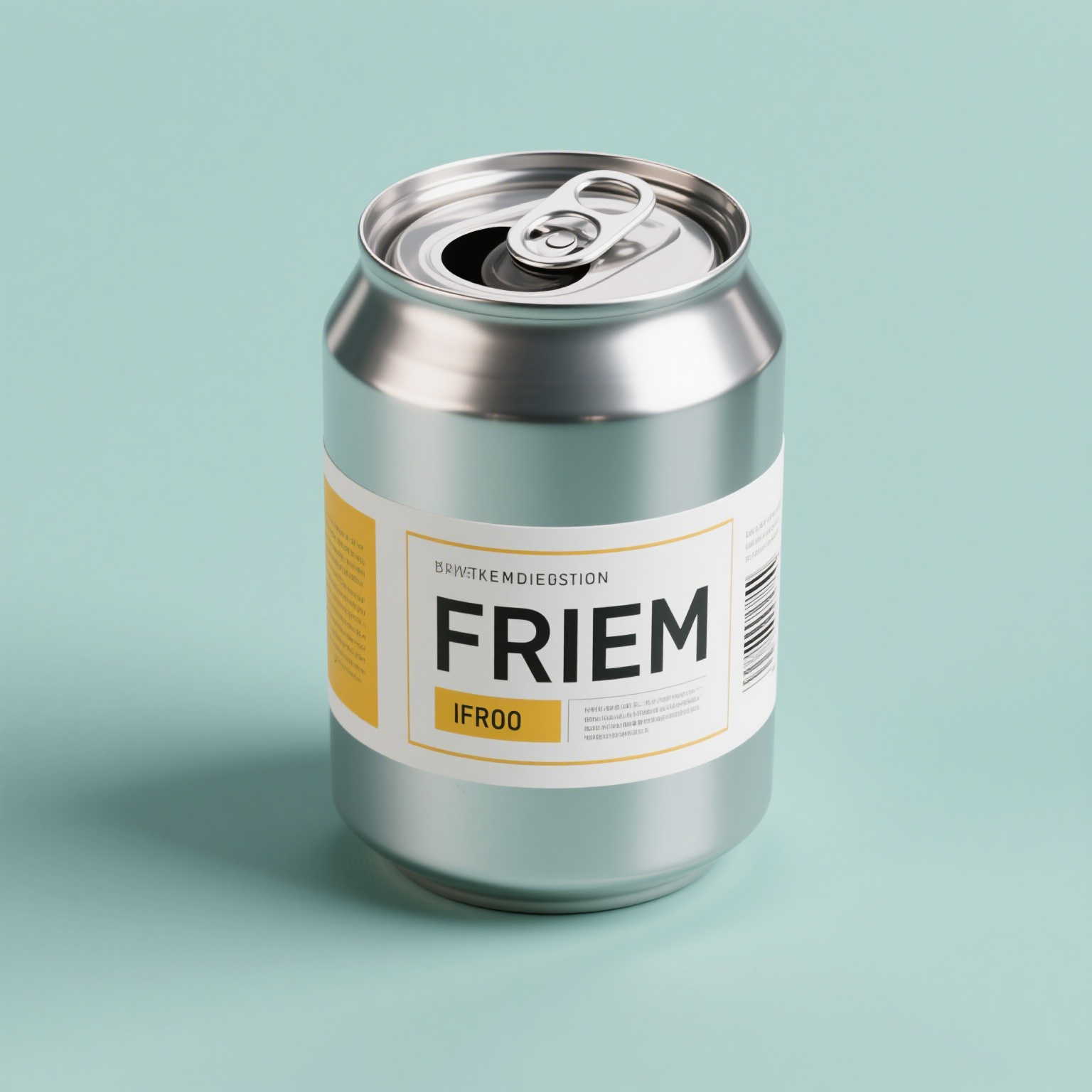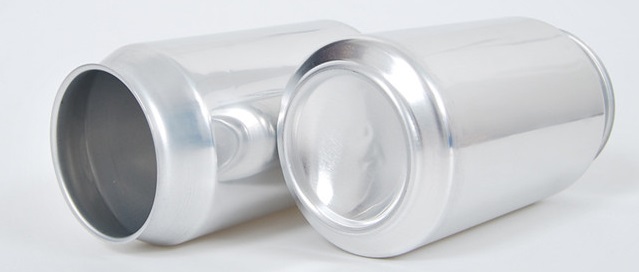As is well known, two-piece aluminum cans have many advantages, such as light weight and easy portability; Not easily broken, good safety; Excellent sealing and long shelf life of the contents; Exquisite printing on the can body, attracting attention; Good thermal conductivity, fast cooling of canned drinks; Filling is faster and more efficient than other packaging materials; Easy to stack and transport; High cost-effectiveness; It can be 100% infinitely recycled, with the highest recycling rate among all packaging containers, protecting resources and minimizing waste generation, which is conducive to sustainable development.
These advantages have earned the two aluminum cans the position of the best beverage packaging container in the minds of consumers in the United States and Europe, with long-term high demand. According to incomplete statistics, the demand for aluminum cans (lids) in the United States alone is about 100 billion sets, and the market growth space is very large.
Common problems in the production of aluminum cans and lids
However, both in terms of the product itself and production process, the production difficulty of aluminum cans (lids) is relatively high. On the one hand, from the perspective of the product itself, aluminum cans (lids) have significant deformation during the manufacturing process due to the thin and delicate aluminum material, making the "growth" process difficult. On the other hand, from the perspective of production technology, the production of aluminum cans (lids) in China is a high-speed automated large-scale production, and the can (lid) making technology is purely imported and still in the process of reference and application. It is necessary to continuously accumulate experience and seek progress.
Many problems are prone to occur during the production process of aluminum cans (lids). Among the common problems in can body production, necking wrinkles, stripes on the inner wall of the can, and printing problems on the can body are the most typical
I Collar wrinkles and treatment measures for aluminum cans
As is well known, 2-piece aluminum cans have many advantages, such as light weight and easy portability; Not easily broken, good safety; The advantages of excellent sealing and long shelf life of the contents have earned two aluminum cans the position of the best beverage packaging container in the minds of consumers in the United States and Europe, and the demand has remained high for a long time. In contrast, the demand space for aluminum easy open lid in the market is very large.
The necking wrinkles of a can refer to the varying degrees of wrinkles (usually mild) present at the necking point of an empty can. The necking wrinkles of the can only affect the appearance of the product and do not affect the safety of double sealing.
There are three reasons for the necking and wrinkling of cans caused by causal analysis. Firstly, the thickness of the metal around the neck of the can is not completely uniform. Secondly, during the production process, the expansion of the necking mold due to temperature rise may cause slight changes in the gap between the inner and outer molds. Therefore, the matching of raw materials and mold space is not fixed and unchanging. When the fluctuation during matching exceeds a certain degree, wrinkles may occur in the neck metal during the extrusion process. Thirdly, there may occasionally be foreign objects such as slag and oil particles on the outer wall of the tank neck, leading to necking wrinkles.
Although it is difficult to completely eliminate the problem of necking wrinkles, the severity is generally not too severe, and the quantity is often very small. There has never been a precedent of consumers complaining about returns for this in history, so customers can use it directly. Of course, if this problem occurs in large quantities, it is considered abnormal and requires analysis and resolution.
![aluminum can]()
II Stripes inside the aluminum can and treatment measures
The stripes inside the can refer to the phenomenon of stripes in different directions on the inner wall of the empty can, which only affects the appearance of the empty can and has almost no adverse consequences during use.
The stripes inside the aluminium can be divided into two types: grid like stripes and axial straight stripes, with two causes. On the one hand, in order to facilitate the smooth detachment of aluminum cans from the mold, namely the punch, during the stretching process, the punch surface is specially punched with a mesh pattern to overcome the vacuum adsorption effect between the inner wall of the can and the punch surface. The grid like stripes on the inner wall of the can are derived from this. It should be noted that the mesh pattern on the inner wall of the tank can also help the coating of the inner paint on the tank wall to be more firm.
On the other hand, the axial linear stripes are caused by abnormal friction between the punch and the can body, and similar reasons may also result in longitudinal stripes appearing on the outer wall of the can body.
Suggestions for handling: As the internal coating process in the subsequent process can effectively cover and block the inner wall of the can, properly separate the metal of the can body from the filling contents, and the presence of such slight traces has no impact on the storage and packaging of the contents, and considering that the appearance problems after filling and sealing are not easy to see, aluminum beverage cans with such problems can be used with confidence.
![photobank - 2025-01-18T152129.805 photobank - 2025-01-18T152129.805]()
III Printing problems and solutions for aluminum cans
The printing problem of cans refers to the lack of exquisite printing effect on the can body and other printing problems, which will result in the appearance of the can body not matching the standard sample can.
Cause analysis: The aluminum two-piece can body is printed with high-speed curved surface moving printing, which has certain peculiarities. The characteristics of its printing process determine that there are more factors that affect the printing effect than ordinary flat printing, which are more complex and manifested in the following five aspects.
Firstly, the particle size and viscosity changes of the white clay and ink used in printing, as well as the dynamic instability caused by other factors during use. In addition, as raw materials in a semi fluid state, Bai Ke Ding and ink may experience sensitive reactions during operation due to the influence of their flow path settings and operational effects.
Secondly, white cans may experience fluctuations in their metallic luster due to the influence of aluminum or washing effects.
Thirdly, there may be some instantaneous changes in the mechanical device of the equipment during operation, and there may be slight differences in the dimensions of the printing machine shaft at different workstations within the allowable range.
![printed aluminum can printed can]()
Fourthly, the thickness of the printing substrate (empty can walls, printing rubber) fluctuates within the permitted range.
Fifth, there may be changes in the temperature of ink and other raw materials, as well as the printing equipment environment.
These factors may all have varying degrees of impact on the final actual printing effect, and it is not easy to deal with all possible influencing factors. Therefore, after designing the layout of the same can, it is particularly crucial to choose a fixed manufacturer and printing method.

























